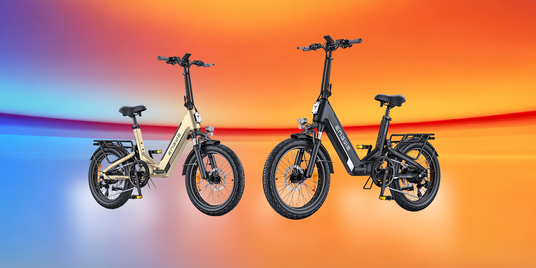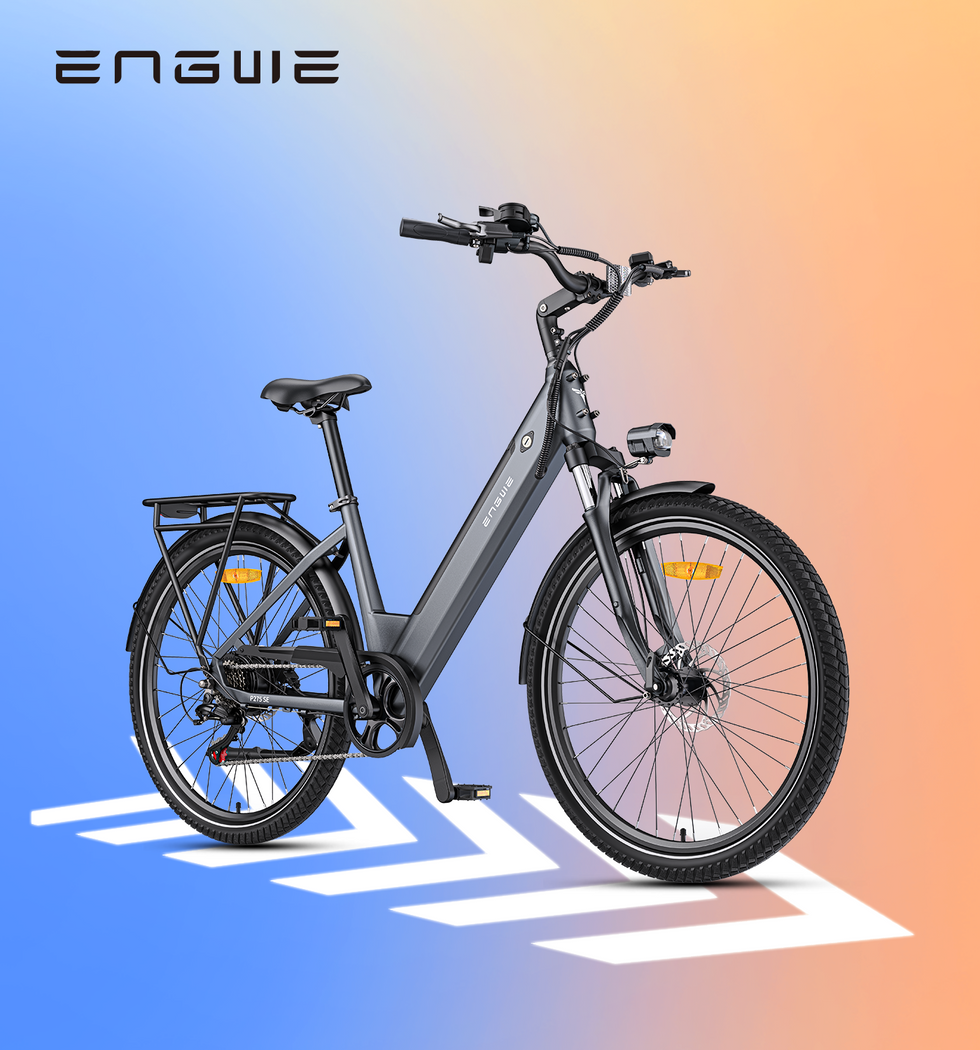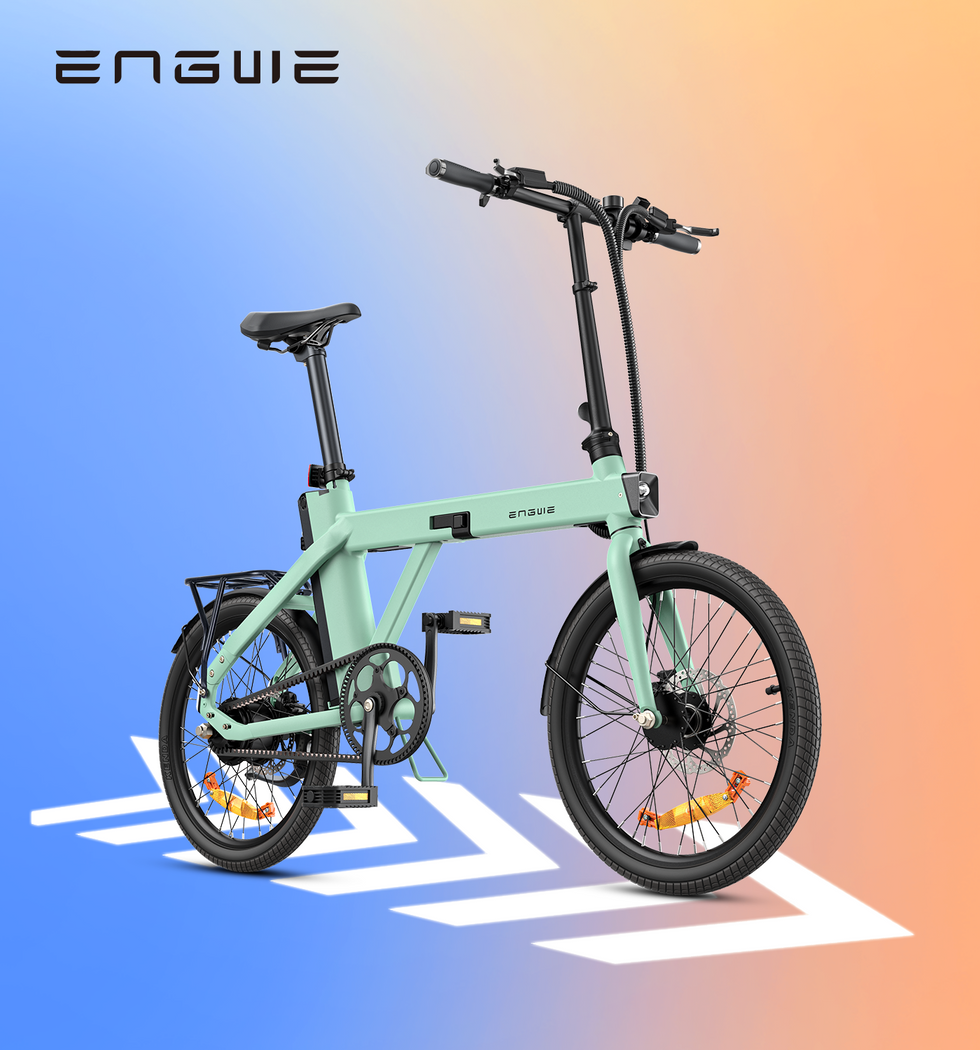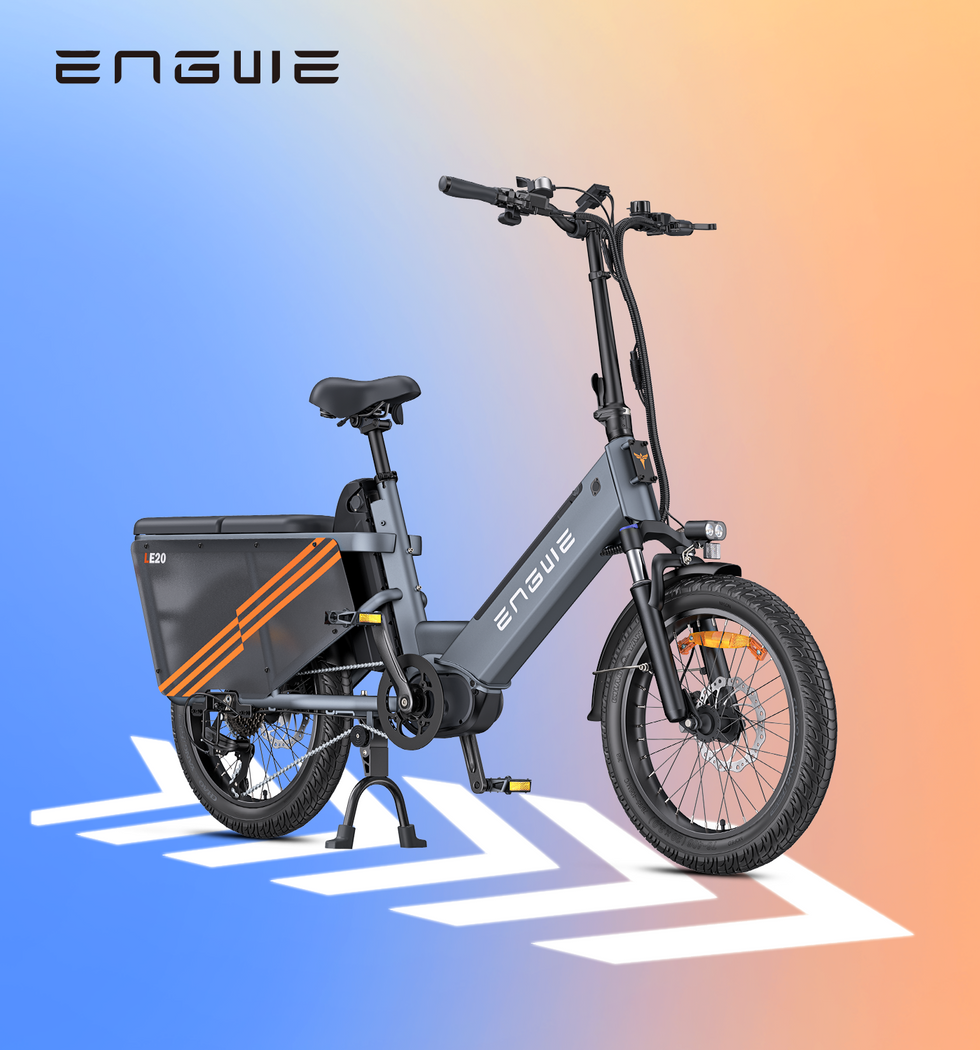Teeming with people, it is also humming to the rhythm of starts and stops—full subways, congested streets. For years, my own commute was a daily struggle against inefficiency. I’d land at the office in a tizzy or be home spent from just getting there. All that changed the day I discovered the electric folding bike. This wasn’t just another gizmo; it was a passkey to something entirely new: a new kind of freedom, with the portability of a folding package and the thrill of an electric motor added on. This is about more than just transportation. This is about taking control of your journey and turning the chore of running errands or earning an income into a fun activity and the city into a plaything. If you’re tired of the same old thing and are intrigued by how this new machine can transform your life, look no further.
The Magic Happening in Your Commute and in Adventures
Before I get into the nitty-gritty, let me tell you about the practical magic. The first time you fold up your bike in less than a minute and carry it onto a packed train during rush hour, you’ll be convinced the universe just handed you the ultimate life hack. My “last-mile problem” disappeared overnight. What had felt to me an exasperating 20-minute walk from my office to the station turned into a flitting, five-minute ride. Storing it is a revelation. It's marvelous not to have to look for a safe place to park the bike on a rainy day; instead, I fold it up, carry it inside, and have it stashed neatly under my desk. Its size doesn’t overwhelm a hallway at home; it fits well in my closet or a small corner of my apartment. This was part of the attraction—it easily slips into everyday life. But it’s the “electric” part where the real fun happens. Hills that would have left me doubled over are now small inclines. Headwinds that would reduce me to a crawl are nothing to worry about. I can opt for a workout by setting it to low-assist mode or show up at a meeting fresh and sweat-free, letting the motor handle the heavy lifting. This dual function also makes it a great multi-purpose tool for today’s urban living.
The Important Stuff to Sort Before You Buy Your First Electric Folding Bike
The market can seem intimidating, but if you know the basics, you’ll be able to make a wise decision. Consider these as the ride qualities and features that determine its capabilities for your intended type of riding.
Motor and Battery
For starters, think about the machine’s beating heart: its motor and battery. The motor’s power, measured in watts (W), indicates how much it can help you out, especially on uphills. For most city use, a 250W motor is more than adequate—and in many cities, it's the legal limit. The battery operates like your gas tank. The battery's capacity is rated in Amp-hours (Ah) and Volts (V); it determines the maximum range you can achieve. Instead of just focusing on the advertised maximum range, think about your average ride distance and the terrain you’re riding on, as well as your weight and how much pedal assist you plan to use—all play a role in real-world distance. A user-removable battery is a big benefit; you can charge it indoors.
Folding Style and Portability
How quickly and easily does the bike fold? Will it fold small enough for your apartment or to take on the train? Weight is another key consideration. An electric bike will always be heavier than a non-electric model thanks to the motor and battery, but there is a big difference between an 18kg model and one that weighs in at more like 28kg. Look for a sweet spot between an average frame and acceptable lightness that feels alright to carry over your shoulder up some stairs if absolutely necessary.
Wheels and Build Quality
The smaller the wheels (commonly 16-20 inches), the more compact it can fold, while larger wheels make for a smoother ride. One recent trend is the “fat tire” folding bike, with 4-inch-wide tires. They are extremely stable and comfortable while on the go! They act like a natural suspension, so there’s no need to worry when you’re going over potholes and cobblestones (or taking them off-road). Check the frame, hinges, and latches carefully for quality: The frame, folding hinge, and latch mechanism are key before you buy a folding bike that will last.

Finding the Ideal Match for You: Types of Electric Folding Bicycles
Not all folding e-bikes are made the same. They tend to come in a few flavors according to their purpose, and determining which group you belong to can set you off on the best path toward your ideal ride.
The Urban Commuter
This is the most popular type. These bikes focus on being light and easy to fold, with quick handling and playfulness. They are for paved routes and multi-modal travelers, so they are ideal for cruising city streets and taking onto trains or buses. They tend to have smoother tires and a frame built for lightness and compactness above all else.
The All-Terrain Adventurer
This is for any rider who won’t be confined by pavement. You'll know them by their sturdy body, front suspension, and most notably, fat tires. These bikes trade a bit of the feather-light portability of their urban counterparts for supreme adaptability and comfort. Their grip is good over smooth or bumpy city streets, and they can easily handle a weekend adventure along gravel paths, park trails, or even sandy beaches. They provide a sense of "ride-anything" freedom.
The Compact Cruiser
This is a specialist category with portability paramount. These usually have the smallest wheels (16" or 20") and require some of the most complex folding mechanisms, making them fold to the smallest size. They are great for those who live or work in a small space and want a bike they can store as compactly as possible.
A Personal Recommendation For All-In-One Versatility
After trying and riding dozens of models, if I had to suggest one bright electric folding bike that has solid power delivery, all-terrain performance, as well as rider-oriented technology development, the ENGWE EP-2 Boost always takes my top spot. This little gem is somewhat of a niche in that it has many features you’d expect to find on larger, non-folding models. What makes it different straight away is the brains of the torque sensor. This results in an extremely organic and responsive ride, giving power that perfectly mirrors your pedaling input without the jerky on-off sensation some other e-bikes exhibit. When the gradient increases and presents you with a challenging incline, you can engage the well-named 'Boost Mode', and 55Nm of torque from its 250W motor will make steep hills feel surprisingly like flat terrain. Its massive 20x4.0 all-terrain fat tires and a sturdy one-piece wheelset are perfect for anything from city pavement to light sand. Featuring a top-quality removable 48V 13Ah lithium-ion battery that ensures your travel distance of up to 120 km on a single charge, range won’t be a problem anymore. Backing that up, the 180mm mechanical disc brakes are powerful, and a seven-speed Shimano drivetrain offers easy climbing and downhill control. All while managing to be foldable at the same time, it remains a true grab-and-go companion that can handle everything from your most hardcore outdoor trip right down to a full day of work.
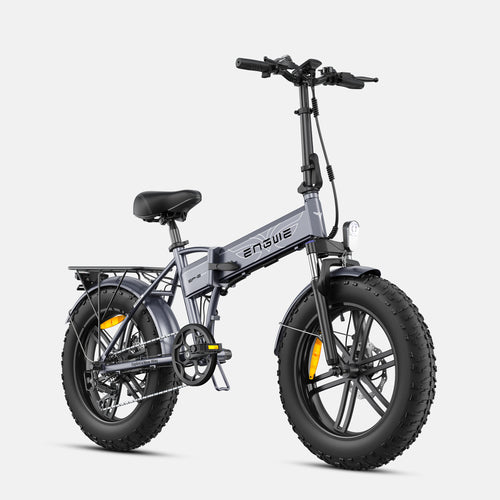
Living with Your Electric Folding Bike: Tips for Getting the Most Out of It and Having a Good Time!
Taking care of an electric folding bike is simple, although there are a couple of habits that will ensure this investment lasts for years. First, take proper care of the battery. Try not to leave it completely empty for extended periods and store it in a cool, dry place! Most modern lithium-ion batteries are free from the “memory effect,” so you can top it up when you want.
Second, because of the folding design, always ensure the hinges and locking clamps are tight before use. A quick inspection before every ride offers peace of mind.
Last but not least, don’t forget about basic bicycle maintenance—well-inflated tires are best both for efficiency and your riding comfort; the same goes for a chain that is kept clean and lubricated. Security is also paramount. Their portability is a virtue, but it can also make them a liability. Buy a good, heavy, reliable lock, and when you have to park it outside, lock the frame to something that can’t be moved.
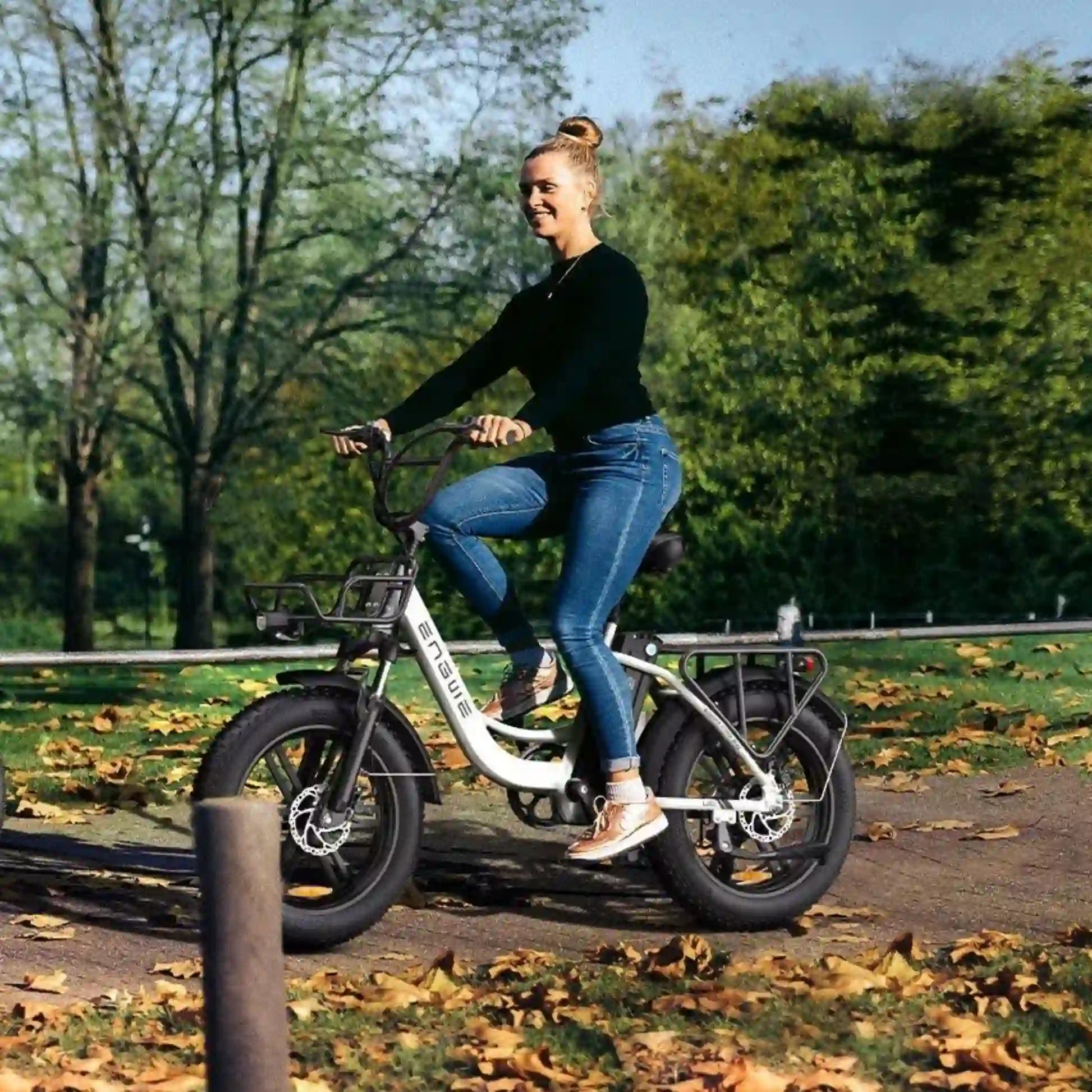
Frequently Asked Questions
1. How long does the battery take to charge?
The vast majority of standard electric folding bike batteries will need charging for 4 to 6 hours from empty to full.
2. Is it safe to ride my electric folding bike in the rain?
Generally, yes. Many electric bikes are designed to be water-resistant, not waterproof. Light to moderate rain is usually fine to ride in. Avoid deep puddles and pressure washing the electrical components.
3. Why is my effective range not equal to the maximum advertised?
Maximum range is based on ideal conditions. Rider weight, hills (terrain), wind, tire pressure, and your level of pedal assist all factor into your actual range. The more assist you use, the shorter your range will be.
4. Are these heavy to carry around?
They are heavier than a standard folding bike, with a weight between 18 and 30 kg. This is light enough to be manageable for short hops (lifting it up a few stairs, lifting it into a train), but the weight is definitely something that will come into consideration if you need to carry it often.
5. Do I need a license or insurance for one?
This is a very regional and national question. E-bikes with a 250W motor and a 25 km/h speed limit are considered bicycles in many areas and do not require a license or insurance, but always check your local regulations.
After all, an electric folding bike doesn’t just represent a mode of transport, but rather your way to freedom and flexible urban living.
